Recent advances in the fabrication and application of nanocomposite hydrogels for load-bearing and electroactive tissue replacement.
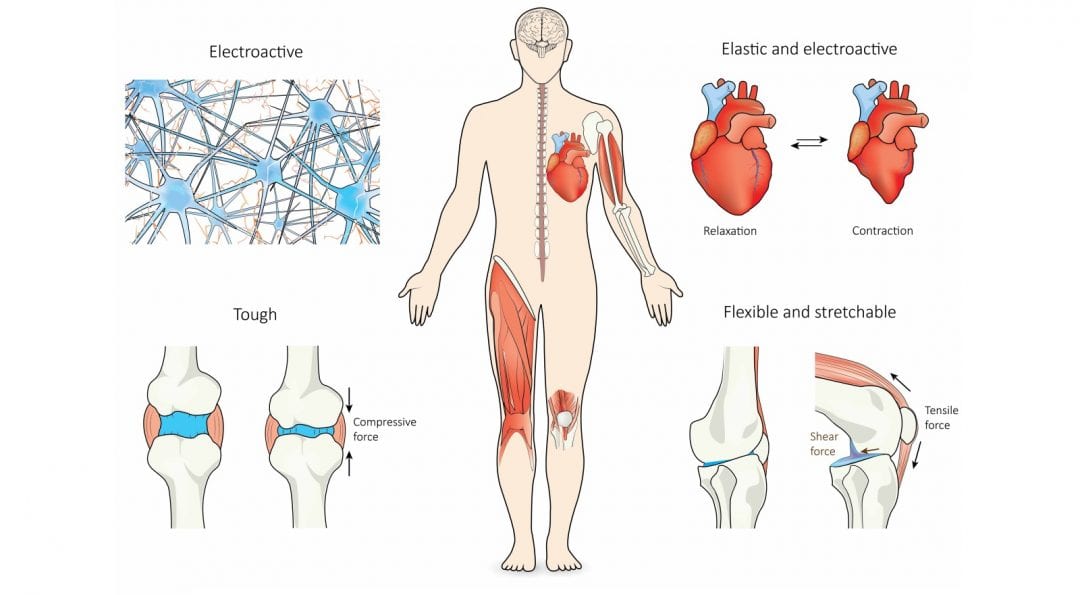

Recent advances in the fabrication and application of nanocomposite hydrogels for load-bearing and electroactive tissue replacement.

Each year the Australian of the Year award recognizes and celebrates the achievements and contributions of eminent Australians. This year a lead stem cell scientist was recognized.
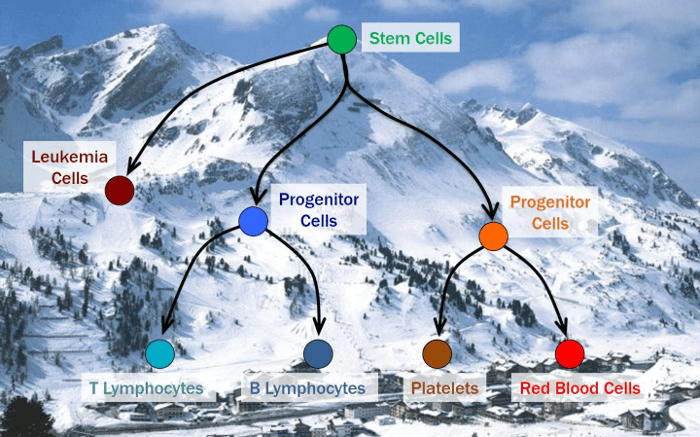
Scientists have established comprehensive maps of the human epigenome, shedding light on how the body regulates which genes are active in which cells.
A methacrylated hyaluronic acid scaffold with oriented pores perpendicular to the axial direction by an unidirectional freeze-drying method is reported.
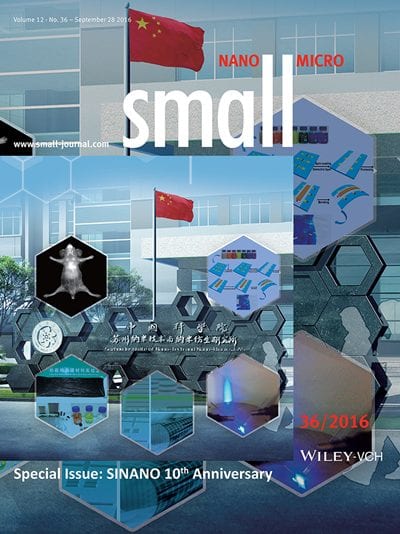
A new special issue in Small this month highlights 10 years of fundamental and applied research at SINANO.
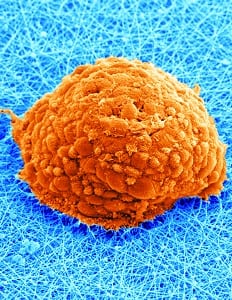
A patient-derived stem cell source offers great potential for individual-tailored cell therapies and regenerative medicine.
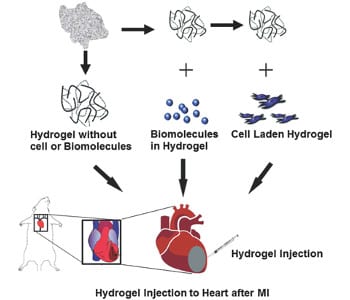
In a review by researchers at Harvard Medical School, MIT and the American University of Beirut, recent developments in injectable hydrogels for cardiac tissue repair are highlighted.
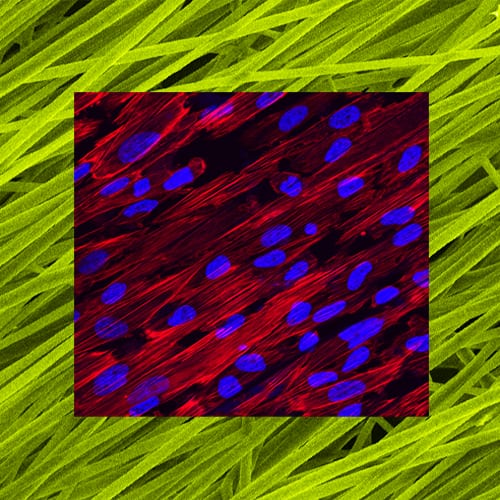
Researchers study new bioactive scaffolds based on PLA fibers, modified with a peptide sequence derived from fibronectin, an extracellular matrix component.
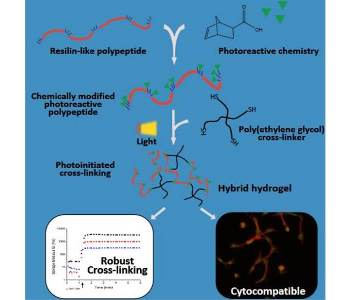
Recombinant resilin-like polypeptides are modified with photoreactive molecules to facilitate the use of photocrosslinking methods for hybrid hydrogels.
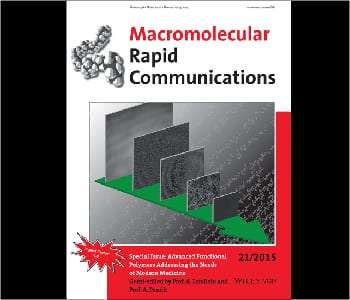
To fulfill the complex requirements of medical applications, multi-functional biomaterials need to be designed.